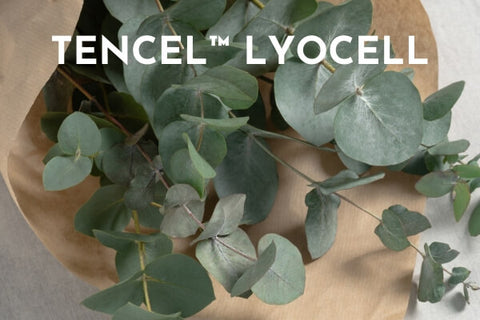In a world grappling with the environmental consequences of fast fashion and plastic pollution, a new trend is taking center stage: plastic-free clothing. As consumers become more environmentally conscious, they seek sustainable alternatives to conventional clothing made from synthetic materials. Plastic-free clothing offers hope for a more sustainable and eco-friendly fashion industry. As Plastic-Free July comes to an end, we want to take a moment to discuss the plastic in our clothing and better natural alternatives.
Understanding the Problem: The Plastics in Our Wardrobe
The fashion industry has long been notorious for its excessive use of plastics. Synthetic fabrics like polyester, nylon, and acrylic are derived from petroleum-based chemicals, and their production is energy-intensive and environmentally harmful. Washing these fabrics releases microplastics into waterways, contributing to the growing plastic pollution crisis. Moreover, as synthetic garments break down over time, they contribute to the alarming problem of plastic waste that ends up in landfills or litters natural landscapes.
What is plastic-free clothing?

Plastic-free clothing refers to garments and textiles made without synthetic materials derived from petroleum-based plastics. Traditional clothing often contains synthetic fibers like polyester, nylon, acrylic, and spandex derived from plastic polymers. These materials have become popular due to their low cost, durability, and versatility. However, they also contribute to environmental issues, particularly the problem of plastic pollution.
Some clothing manufacturers and designers have started producing plastic-free alternatives to counter these environmental impacts. These alternatives may include:
1. Organic Cotton:
Clothing made from organic cotton grown without synthetic pesticides and fertilizers can be a plastic-free option.

2. Hemp:
Hemp is a versatile and eco-friendly plant material that can create clothing. It requires fewer resources, such as water and pesticides, than conventional cotton.

3. Linen:
Linen is made from the fibers of the flax plant and is considered one of the oldest and most sustainable textiles.

4. Tencel™️ Lyocell
Tencel is a fiber from sustainably sourced wood pulp. It has a closed-loop production process, which means that solvents used during manufacturing are recycled.

5. Wool:
Natural wool from sheep is biodegradable and can create warm and durable clothing items.

What are the benefits of plastic-free clothing?
1. Reduced Plastic Pollution:
By choosing plastic-free clothing, consumers can directly contribute to reducing plastic pollution in our oceans and ecosystems. This simple switch can have a significant impact on preserving marine life and protecting delicate ecosystems.
2. Lower Carbon Footprint:
Plastic-free clothing typically requires less energy during production compared to synthetic garments. Additionally, natural materials like organic cotton sequester carbon dioxide from the atmosphere, helping combat climate change.
3. Biodegradability:
Unlike synthetic fabrics that take hundreds of years to decompose, plastic-free clothing made from natural fibers will biodegrade, leaving a smaller environmental footprint at the end of its life cycle.
4. Sustainable Farming Practices:
Many natural fibers used in plastic-free clothing, such as organic cotton and hemp, are often cultivated using eco-friendly farming practices that avoid harmful pesticides and chemical fertilizers.
5. Supporting Ethical Brands:
Embracing plastic-free clothing encourages support for brands and manufacturers that prioritize sustainability, fair labor practices, and ethical treatment of workers throughout the supply chain.
The Future of Plastic Free Clothing

While plastic-free clothing represents a significant step towards a greener fashion industry, it still faces challenges in terms of widespread adoption and accessibility. Currently, plastic-free options might be relatively more expensive due to higher production costs, but as demand grows, prices are likely to become more competitive.
To accelerate the shift towards plastic-free clothing, there is a need for greater awareness among consumers about the environmental impact of their fashion choices. Education and advocacy can play a crucial role in encouraging people to make sustainable decisions when purchasing clothing.
Additionally, industry collaboration and innovation are essential to finding new and improved ways of manufacturing plastic-free fabrics and making them more durable and affordable without compromising on style and comfort.






1 comment
Could you make a post about what stores sell plastic-free clothing?